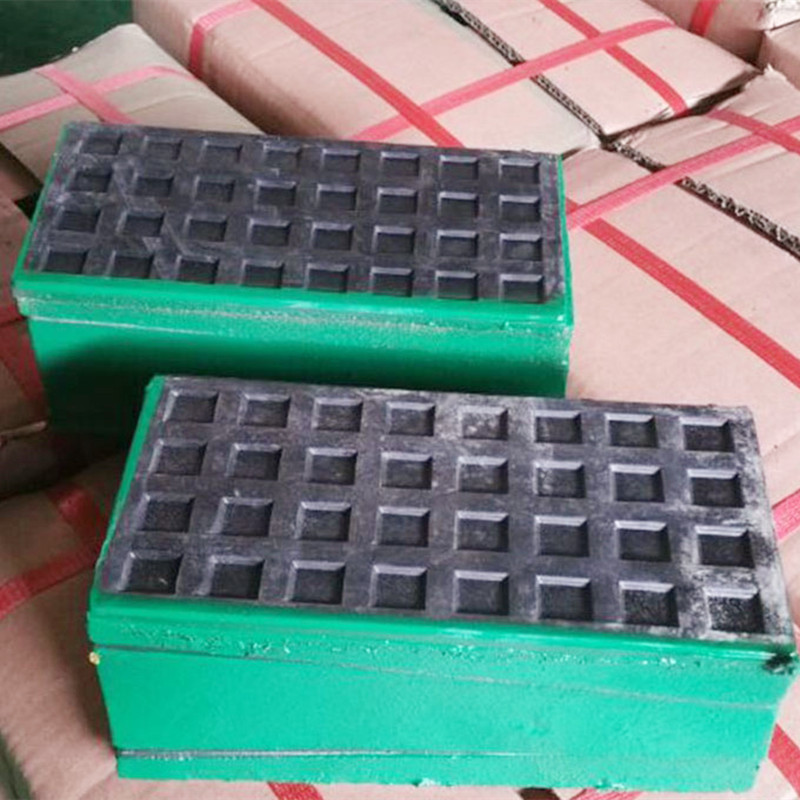නොවැ. . 10, 2024 02:26 Back to list
High-Quality Butterfly Valve Available for Purchase from Trusted Suppliers Online
The Versatile Butterfly Valve An Essential Component for Various Industries
When it comes to industrial applications, the efficiency and reliability of fluid control systems are paramount. Among the various types of valves used in these systems, the butterfly valve stands out due to its unique design and versatility. With a rising demand for reliable and cost-effective solutions, butterfly valves for sale are becoming increasingly popular across various sectors, including water treatment, oil and gas, and manufacturing.
Understanding Butterfly Valves
A butterfly valve is a quarter-turn rotational motion valve that consists of a disc that rotates around an axial shaft. This disc is the component that regulates flow within a pipeline. In its closed position, the disc completely obstructs the flow; when opened, the disc turns and allows fluid to flow through. The straightforward design of butterfly valves enables them to be compact while maintaining their effectiveness.
Advantages of Butterfly Valves
1. Compact Size One of the most notable advantages of butterfly valves is their space-saving design. Compared to gate or globe valves, butterfly valves occupy significantly less space. This feature makes them ideal for applications in tight spaces and compact installations.
2. Lightweight Butterfly valves are typically lighter than other valve types due to their simple design and the materials used in their construction. This reduction in weight can lead to lower installation costs and an easier assembly process.
3. Quick Operation The quarter-turn operation of butterfly valves allows for rapid opening and closing. This quick action is particularly beneficial in systems where prompt response to changes in flow is required.
4. Cost-Effective Generally, butterfly valves are more economical than other valve types, making them a favored choice for many industries. Their lower initial cost and ease of maintenance contribute to a lower overall lifecycle cost.
5. Versatility Butterfly valves can handle a wide variety of fluids, including liquids, gases, and slurries. They are effective in high-flow applications, making them suitable for sectors like water treatment, HVAC systems, and chemical processing.
Types of Butterfly Valves
There are several types of butterfly valves available for sale, each designed for specific applications. The two most common types are
- Lug Style Butterfly Valve Ideal for dead-end service, these valves feature threaded inserts on the valve body that allow for easy installation and removal without requiring downstream piping to be disconnected.
- Wafer Style Butterfly Valve This type is designed to fit between two flanges in a piping system
. It offers a tight seal and is ideal for applications requiring minimal space.butterfly valve for sale

Applications of Butterfly Valves
Butterfly valves are used across different industries due to their versatility. Some notable applications include
- Water Treatment In water distribution and wastewater treatment, butterfly valves are essential for controlling flow rates and isolating sections of the pipeline for maintenance.
- Oil and Gas In this sector, butterfly valves are used for transporting hydrocarbons, where they control flow efficiently under high pressure and temperature conditions.
- HVAC Systems Butterfly valves are employed to regulate the flow of air and fluids in heating, ventilation, and air conditioning systems, ensuring optimal performance.
- Food and Beverage Sanitary butterfly valves are critical in food processing applications, allowing for easy cleaning and preventing contamination.
Choosing the Right Butterfly Valve
When considering the purchase of a butterfly valve, several factors should be taken into account
- Material The valve material must be suitable for the fluid being controlled. Common materials include stainless steel, cast iron, and various plastics.
- Size and Pressure Rating Ensure the valve meets the application requirements concerning pipeline size and pressure conditions.
- Actuation Type Butterfly valves can be manually operated or automated (electric or pneumatic). Choose the appropriate actuation based on operational requirements.
Conclusion
As industries continue to evolve, the demand for efficient and reliable valves remains high. Butterfly valves offer a range of benefits that make them an attractive choice for fluid control applications. With a variety of models available for sale, finding the right butterfly valve for specific needs is easier than ever. Investing in high-quality butterfly valves ensures optimal performance, reliability, and long-term cost savings for any industrial application.
-
Thread Micrometer Set FeaturesNewsJul.04,2025
-
Right Angle Ruler Tool for WoodworkingNewsJul.04,2025
-
Precision Frame Level Calibration StepsNewsJul.04,2025
-
Magnetic Vee Block MaterialsNewsJul.04,2025
-
Heavy Duty Ground Anchors in MiningNewsJul.04,2025
-
Features of Welding Table Cast IronNewsJul.04,2025
Related PRODUCTS









